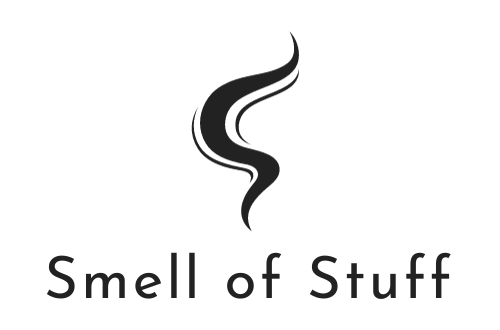Are you ready to explore the powerful, yet often overlooked, sense of smell?
Paint might seem like a mundane material, but it packs a punch when it comes to smell. From the pungent fumes of oil-based to the sweet scent of latex, each type of paint has its own unique aroma.
Come along as we uncover the mysterious smells of paint and how to control them so you can make your home feel like the perfect sanctuary.
Key Takeaways
- Different types of paint have different smells, such as ammonia and solvents in latex paint, a strong pungent odor in oil-based paints, and a subtle powdery smell in chalk-based paints.
- Common sources of paint smells include ammonia, solvents, acetone, lacquer, varnish, and turpentine.
- Some paint smells can be harmful, so proper ventilation and regular breaks are essential for safety.
- Controlling the smell of paint can be done through safety precautions like wearing protective gear, ensuring good ventilation, and using water-based primer before oil-based paint.
What Paint Smells Like
You’ll typically smell a strong odor when you’re painting. This smell is a combination of the paint’s ingredients, such as volatile organic compounds (VOCs) that evaporate into the air. Depending on the type of paint and the amount of VOCs it contains, it can have a variety of smells, ranging from pleasant to off-putting.
Latex paint smells like ammonia and solvents, while oil-based paints emit a strong, pungent odor. Chalk-based paints have a more subtle, powdery smell.
No matter what type of paint you’re using, you’ll want to make sure you properly ventilate your space to avoid any potential health risks associated with inhaling paint fumes.
With the right precautions, painting can be a fun and rewarding experience!
Common Smells Associated With Paint
You can often smell a combination of ammonia and solvents, as well as a pungent odor, when painting. It’s common to experience odors of various chemicals, such as:
- Acetone
- Lacquer
- Varnish
- Turpentine
These smells can be especially intense when painting indoors. If you’re painting a large area, consider taking a break to get some fresh air.
It’s important to be mindful of the smells associated with painting, as they can be toxic when inhaled in large amounts.
It’s important to be mindful of your surroundings when painting, as some of the smells can be harmful. Whether you’re painting inside or outside, always make sure to have proper ventilation and regular breaks. With a few safety measures, you can enjoy the process of painting without worrying about your health.

How to Control the Smell of Paint
In order to control the smell of paint, you’ll need to take some safety precautions. This includes wearing a face mask, gloves, and proper ventilation. It’s also a good idea to open windows and doors to ensure the space is well-ventilated.
You may also want to invest in a quality respirator, goggles, and overalls for added protection. Make sure you keep any paint containers sealed and store them away from heat and direct sunlight. If you’re using oil-based paint, it’s best to use a water-based primer first to reduce the pungent odor.
Lastly, be sure to clean up any spills or splatters immediately. With these tips, you can keep the air in your home or workspace fresh and free from any strong smells.
Conclusion
Painting can be a messy and smelly job, but with the right precautions and techniques, you can reduce and even eliminate unpleasant odors.
By using low-odor and low-VOC paints, you can get the job done without leaving an overly strong smell behind.
So don’t let the smell of paint put you off from taking on a project – you can make it a pleasant experience for everyone involved.

Carter’s partner-in-smell-crime. Let’s explore this smelly world together
